He rested in the edge of a massive shell crater covered by his zeltbahn.
This triangular water-repellent piece of camouflaged material was the best piece of kit the Wehrmacht had ever devised.
Rottenfuhrer Poul used his to become invisible.
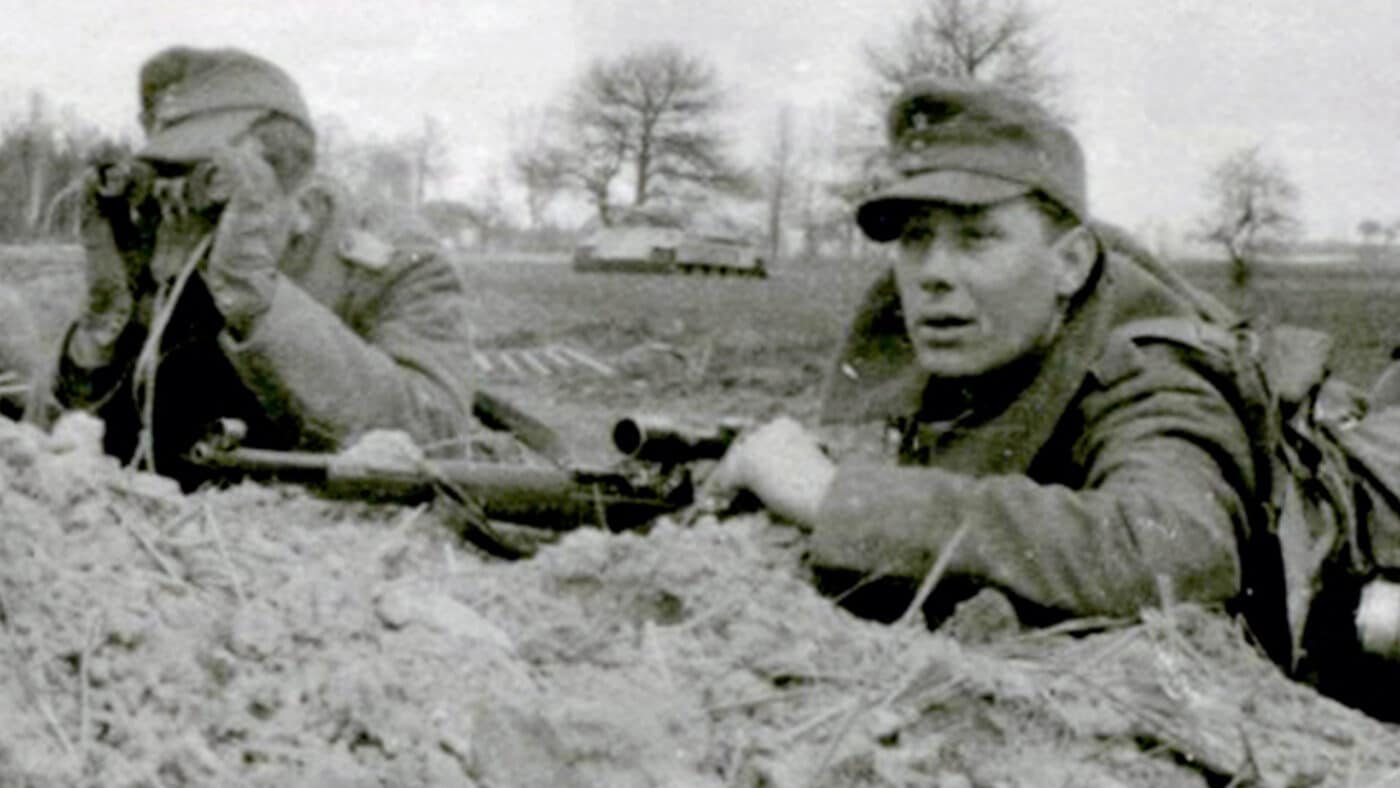
A German sniper team watch for enemy movement in the Eastern Front of World War II. The soldier on the right is armed with a scoped K43 rifle.
Poul and his comrade Sturmmann Reist had worked together for nine months.
On the Eastern Front nine months might as well have been an eternity.
It was legitimately miraculous they had survived this long.
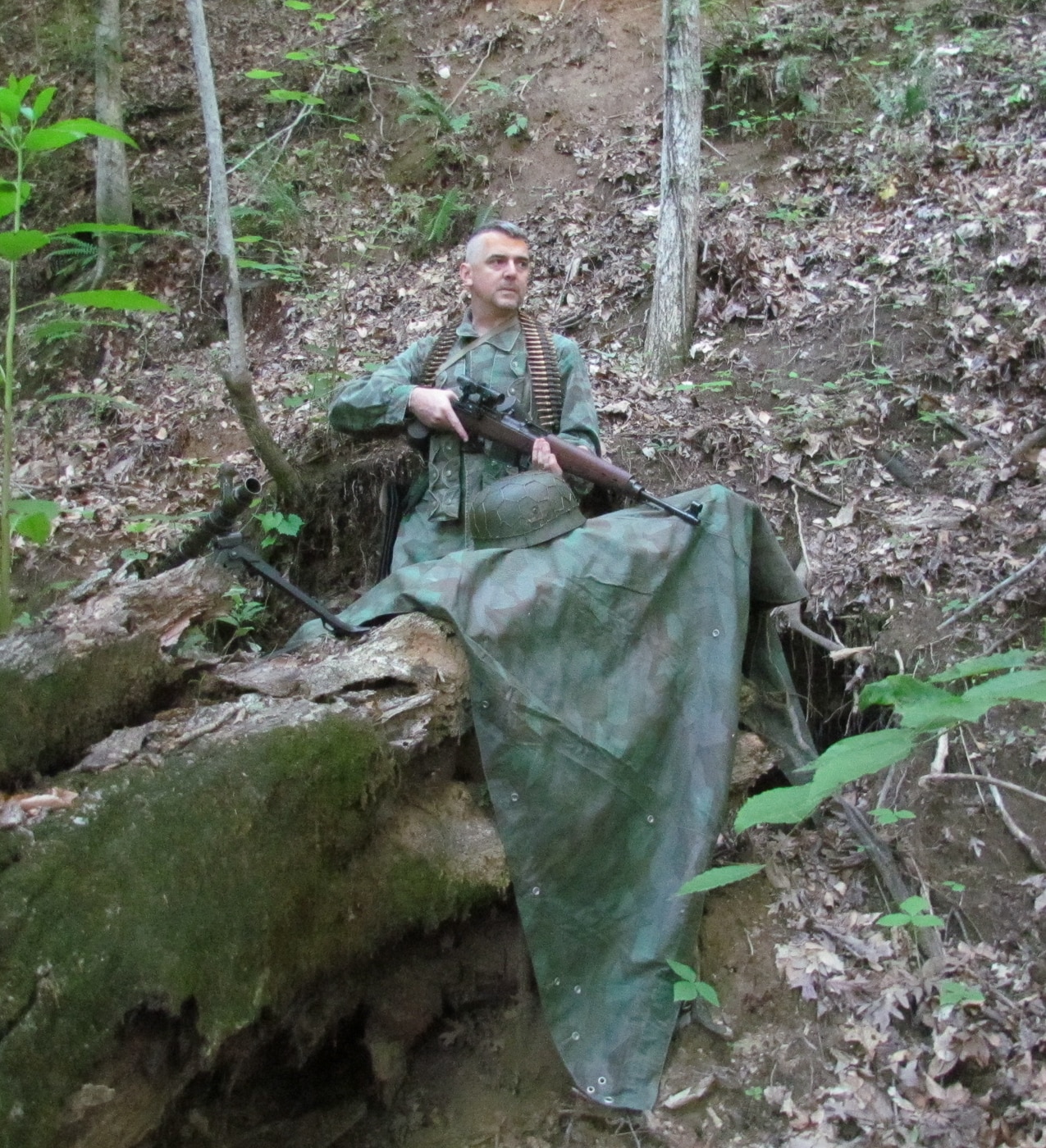
The K43 rifle in the hands of a skilled shooter could be a formidable opponent for Allied troops.
Part of that was raw luck, but a great deal of it was also hard-won skill.
Poul and Reist were indeed both.
The two men had made their way out to the crater in utter darkness.
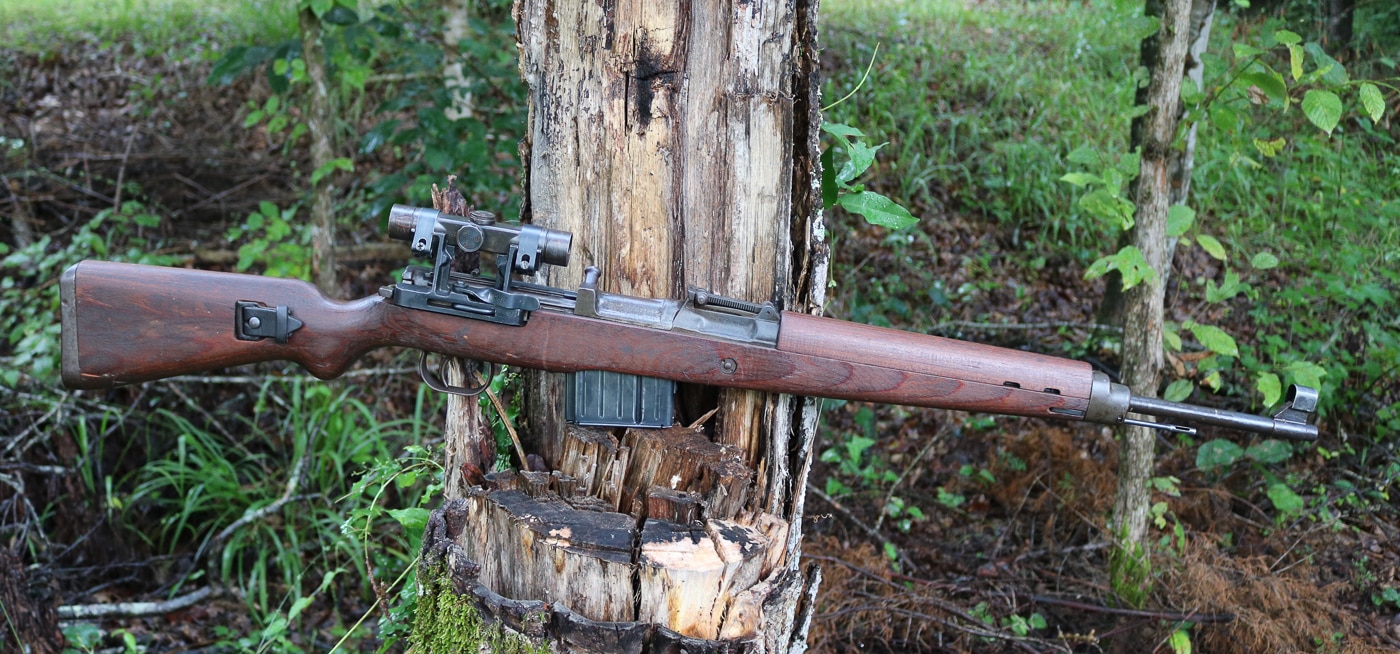
The K43, particularly when fitted with the 4X ZF4 scope, was well-respected by the German snipers who wielded it.
They had operated from this same crater once some 10 days before and remembered much of the route.
They made a point never to shoot from the same spot on consecutive days.
This was one of several reasons they were still alive.
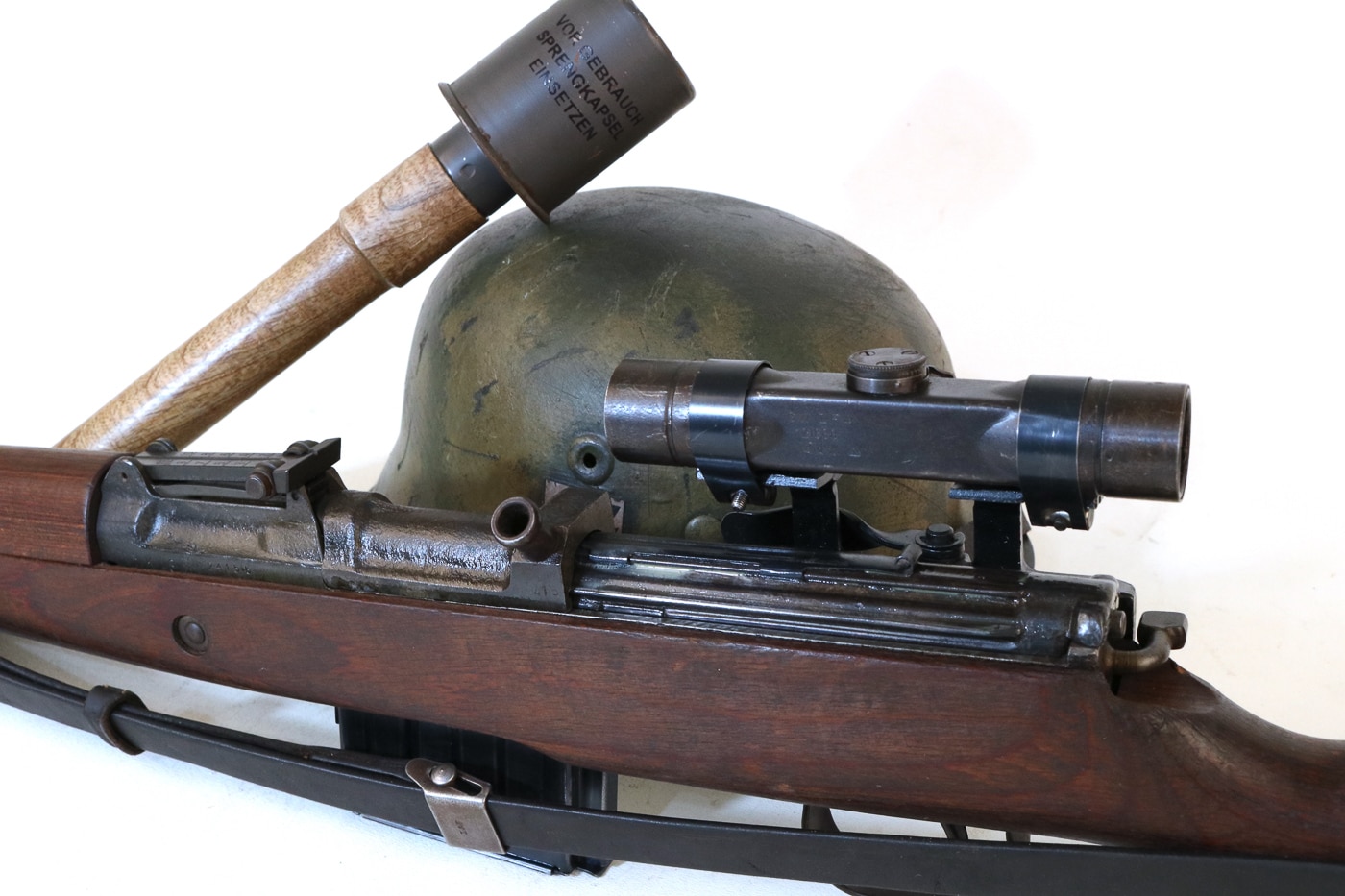
The ergonomics of the K43 were superb. The right-handed operator could run the action without taking his firing hand off the stock.
Unlike the vast majority of their mates, neither man smoked.
This gave them an advantage in that they didnt need to feed their addiction while in a hide.
They also were not so easy to smell, as was the case with their smoking counterparts.
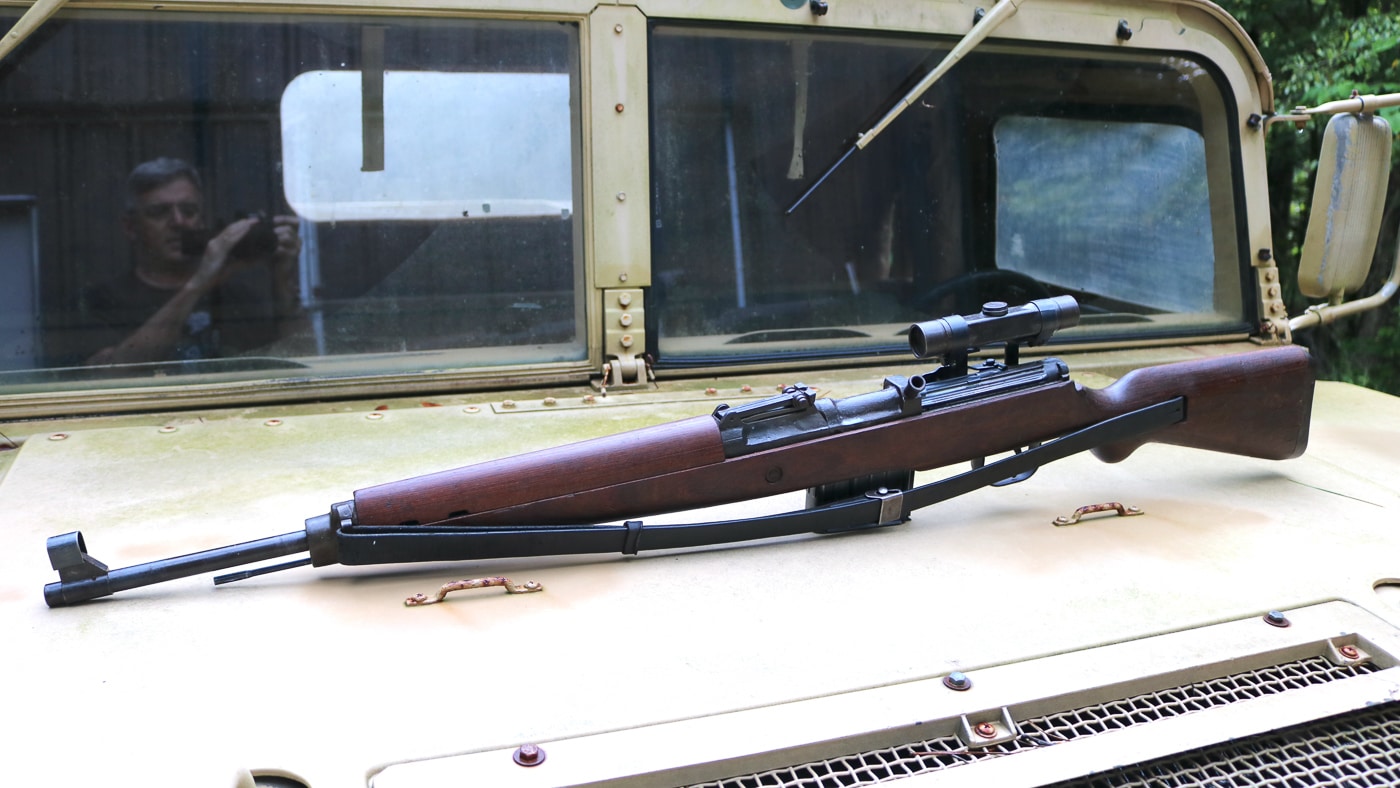
The K43 offered a similar increase in portable firepower to Wehrmacht and Waffen SS troops to what American grunts enjoyed with the M1 Garand.
Reist did the same thing with his superlative Zeiss binoculars.
The two mens boots rested against each other deep in the crater.
They communicated via a series of nudges.
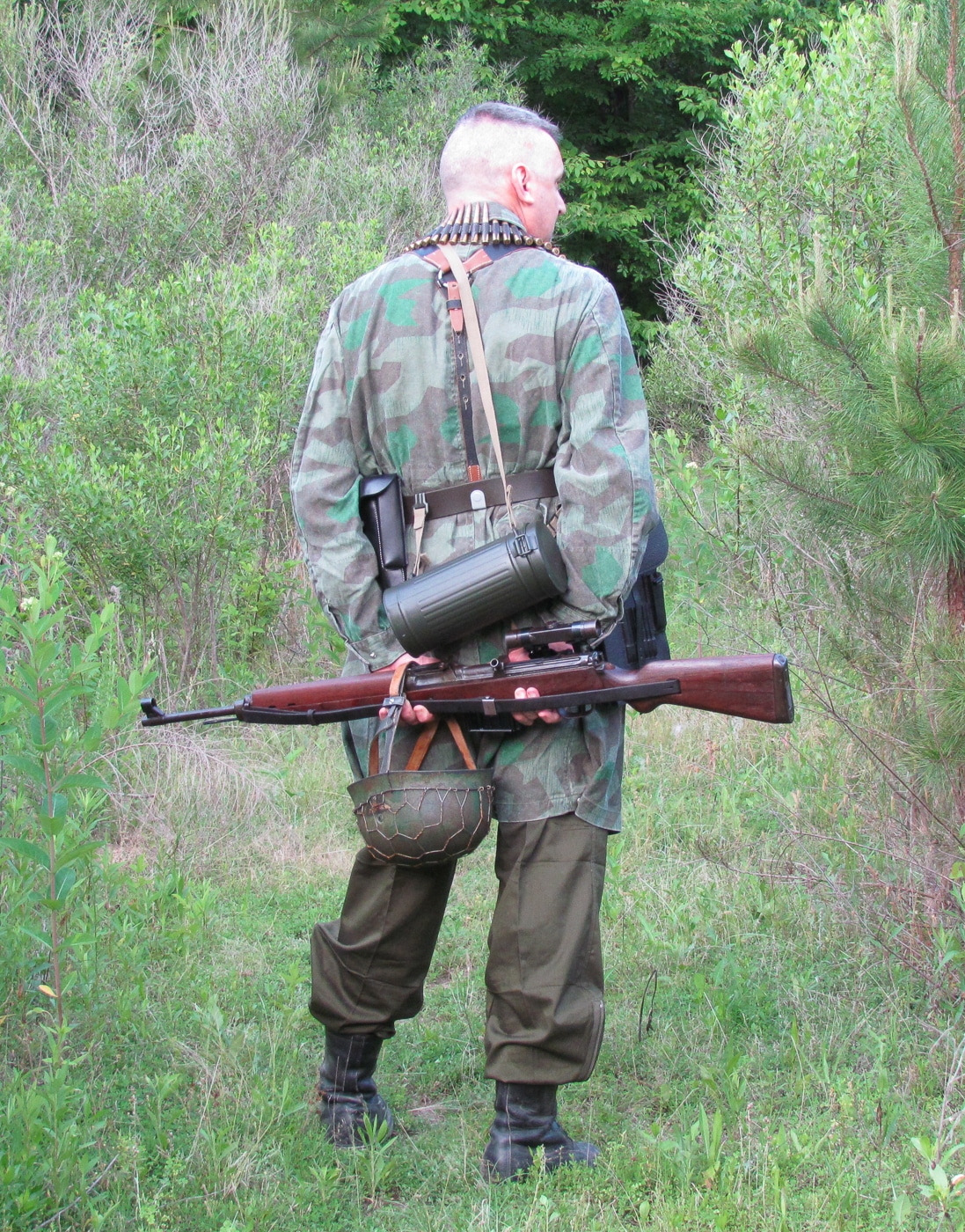
The K43 rifle was ultimately employed by all ground combat elements of the German armed forces during WWII. Note the period Fallschirmjager paratrooper uniform shown here.
When speech was necessary it was brief, soft and concise.
Reist saw him first.
The Soviet KV-1 was an absolute beast of a tank.
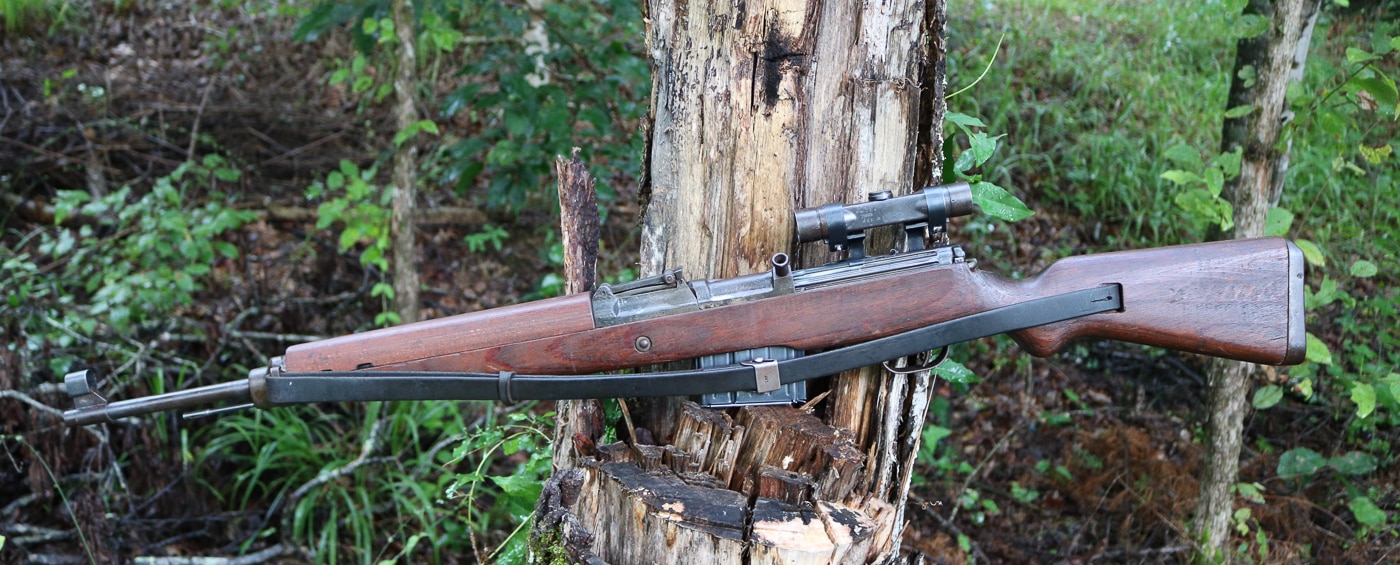
The K43 was a mature and effective combat rifle. The exigencies of unfettered war made manufacturing these guns in quantity a challenge.
This particular example had fallen prey to an88mm Flak 36three days before.
Wispy tendrils of smoke still curled from the open hatches atop the turret.
Underneath the massive burned-out war machine nestled between the roadwheels, Poul saw the glint of glass.
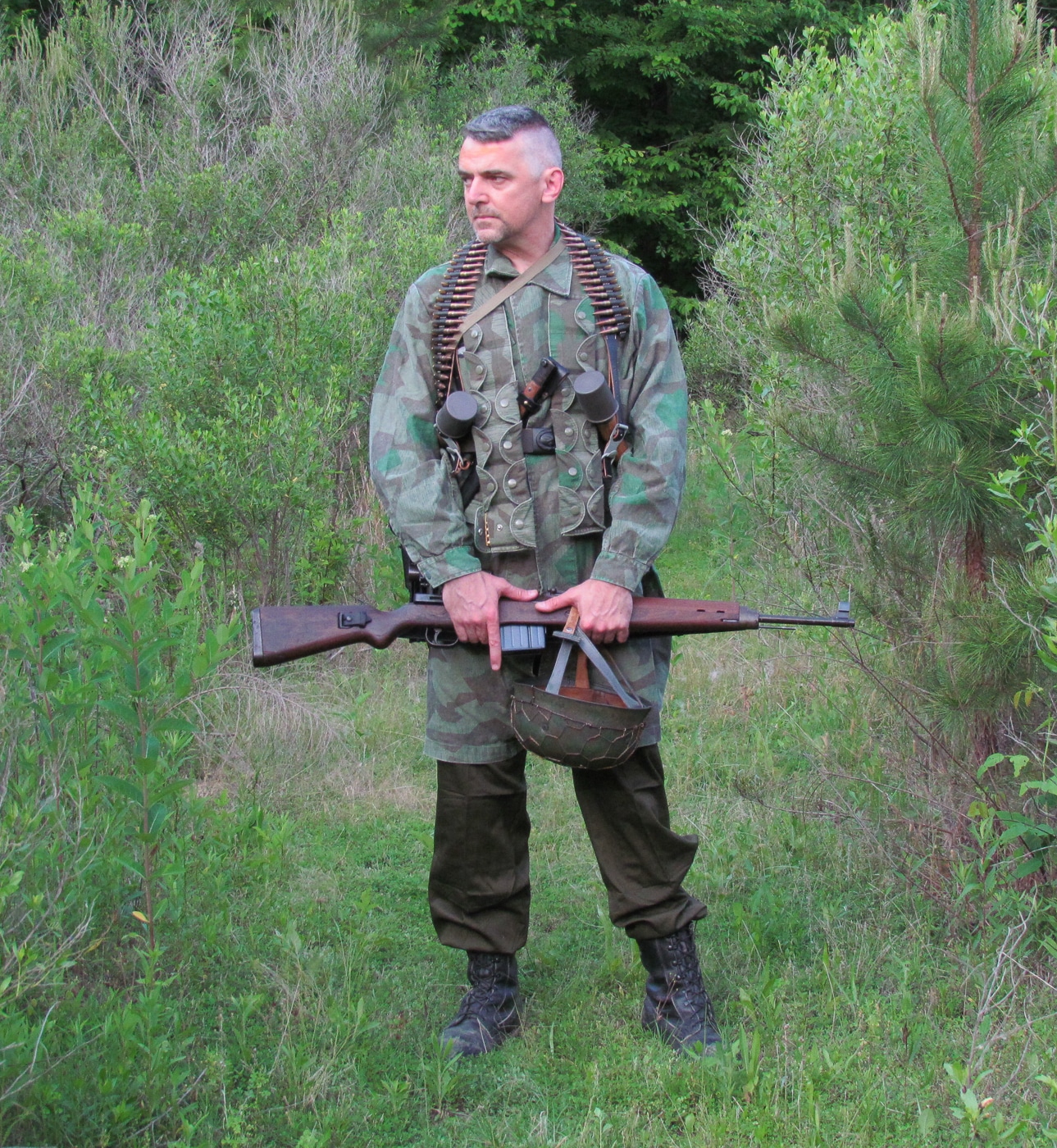
Equipped with period-correct clothing and weapons, it is easy to see that a German trooper armed with the K43 was a threat not to be taken lightly.
The Soviet sniper wielded a scoped SVT-40 sniper rifle.
Like his German counterpart, this man was the best trained and best-equipped sniper his military could produce.
This fateful day, however, he was just unlucky.
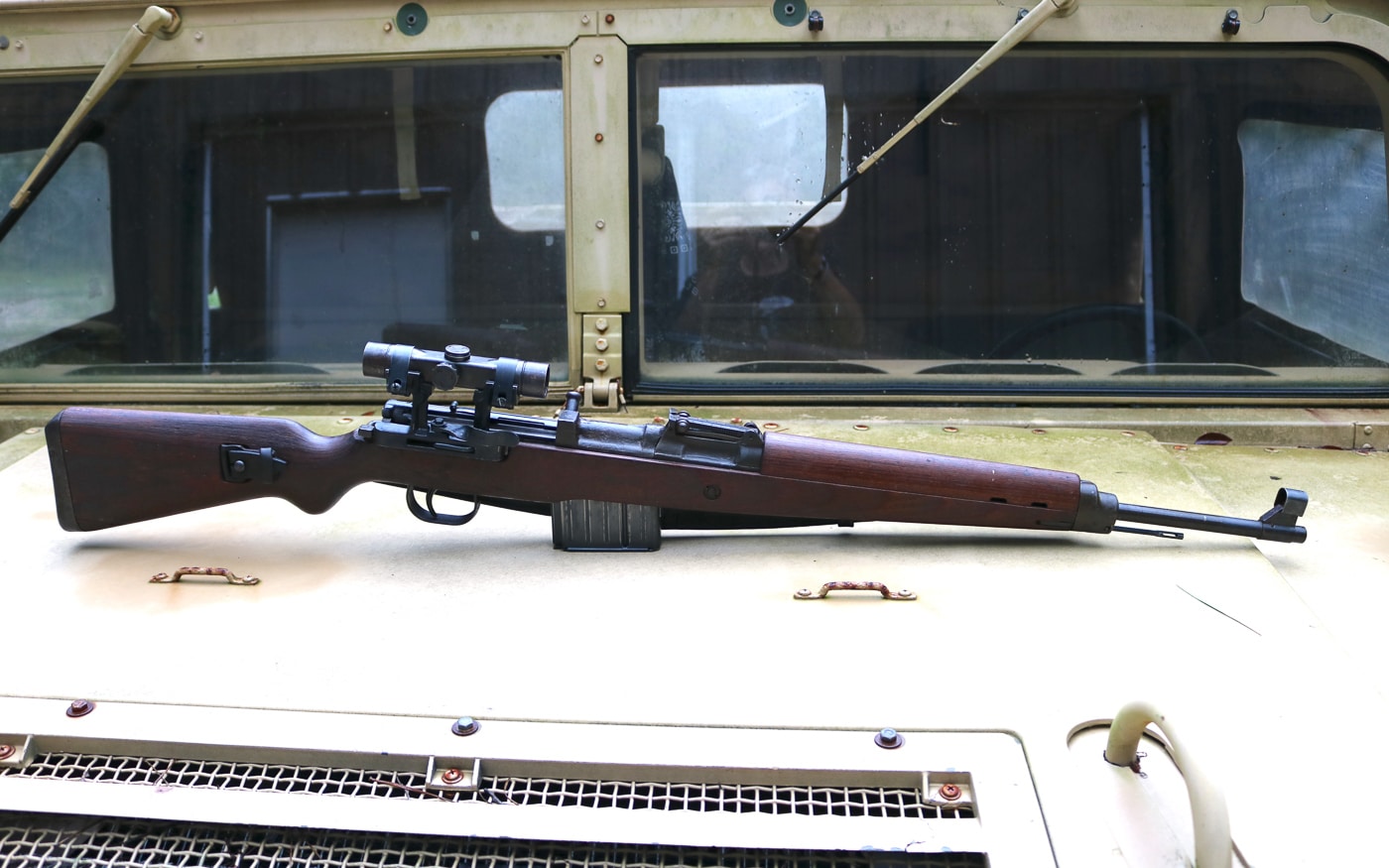
Although the gun was introduced too late in the war to shift the tides of history into German favor, its influence can be felt on the modern battlefield.
He calmed his breathing, measured his heart rate, and nudged Reist with the toe of his jackboot.
The heavy marksmans rifle rocked back in recoil and immediately returned to target.
That would be his spotter.

Poul picked an opening some two roadwheels over and repeated the process.
The password got them back through their sentries.
In short order, the two SS snipers were filling their bellies with black bread and ersatz coffee.
They debriefed with the battalion intelligence officer and wandered off to grab some rack time.
There would undoubtedly be more work to do tomorrow.
The Rifle
K43 is Kraut shorthand for Karabiner 43.
The same weapon was also known as the Gewehr 43.
A relatively simple gas-operated design, the K43 was the German answer to our M1 Garand.
However, manufacturing pressures and a suboptimal design conspired to keep the K43 from reaching its full potential.
The K43 was an evolutionary development of the previous G41.
The end result was a gas trap design that was front-heavy, cumbersome, heavy and unreliable.
The subsequent G43/K43 featured a more conventional short-stroke piston-driven action with a flapper locking mechanism.
Much of this rifles entrails seem eerily similar to those of theSoviet SVT-40.
This system was easier to manufacture, more reliable and fairly robust.
The K43 was designed to be relatively easy to build in bulk.
The trunnion is a fairly rough casting, while many of the guns accouterments were stamped steel.
The stock on my gun comes off as laminated birch.
The G43 was first issued in October 1944.
The nomenclature change to K43 took place the following year.
The two weapons were essentially otherwise identical.
402,713 copies were produced at three major manufacturing facilities by the end of the war.
Once an optic was matched to a rifle, the sight was serialized manually by the armorer.
My rifle came with the scope mount but no optic.
I found a period scope online to complete the package.
There was a prototype grenade launcher and sound suppressor designed for the K43, but neither saw production.
After the war, the K43 was pressed into service in Czechoslovakia as well as East Germany.
German K43 Rifle Specifications
Ruminations
The Nazis lost the war the moment they invaded Russia.
In the K43 sniper rifle, we see the beginnings of a stark paradigm shift.
Special thanks toWorldWarSupply.comfor the cool period gear used by our reenactor.
Go to forum thread




